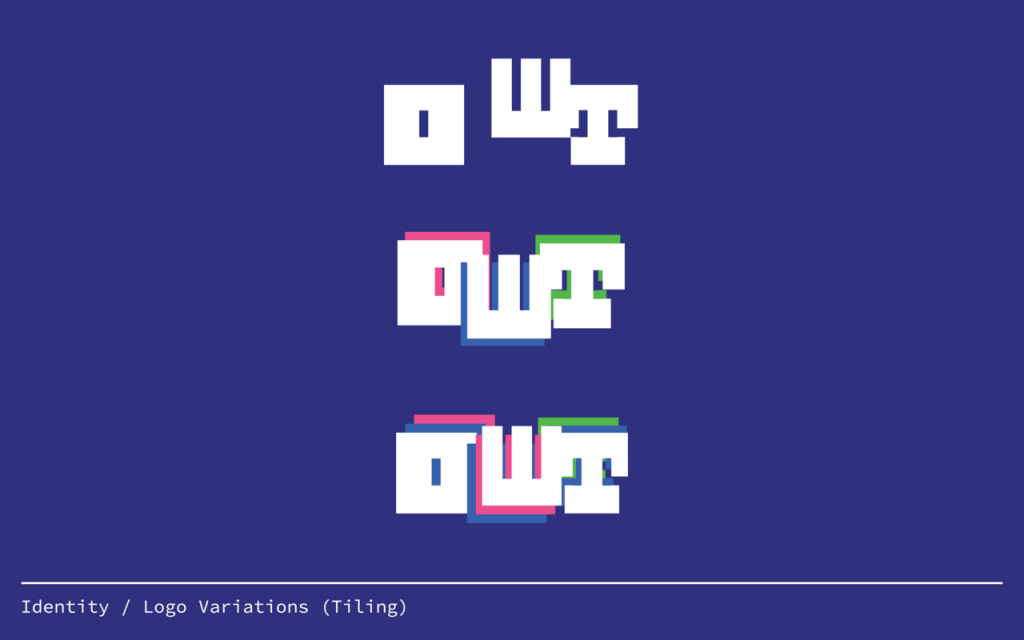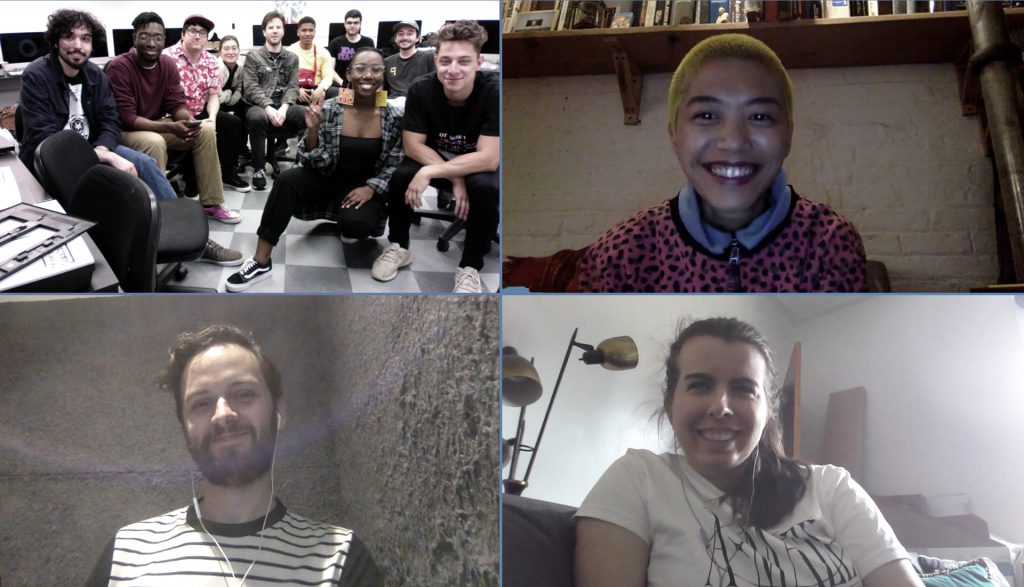Friday May 17
4:00 to 6:00pm
Reception following
Brooklyn Army Terminal, Building A, 140 58th St, Brooklyn
What kind of monument is a book? How do we memorialize people, places and ideas in the digital information age? In what ways do print and digital publications break down barriers between private and public memory?
In conjunction with the exhibition The Colossus of Rutgers, by Kara Walker and her cohort of Rutgers MFA students, this event explores publication as an aspect of art and design practice that enables understanding across varied knowledge fields and connection among communities. Participants will present and describe strategies against monumentality to highlight publication as a temporal, individual and/ or democratic act. Participants include Atif Akin, Marc Handelman, Bo-Won Keum and Adam Putnam; moderated by Gerry Beegan.
Department of Art & Design, Rutgers



